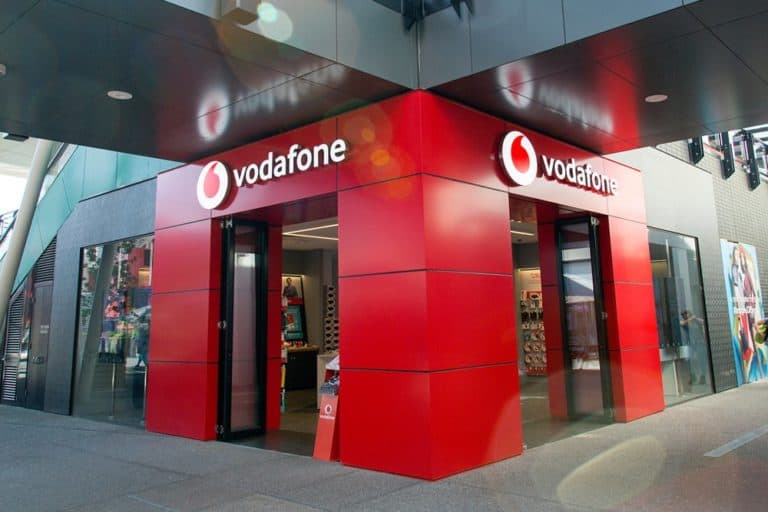Vodafone and Ericsson have found a new way in Great Britain to hide network equipment such as antennas in cities. The hardware for 4G and 5G can be attached to manhole covers. The hardware then transmits wireless signals, but is not noticeable in the city. That’s what Venturebeat reports.
In the past, providers preferred to place hardware for mobile connections high above the ground. Radio signals sent from roofs can travel faster with less physical intervention. But people around the world are now complaining that the hardware for 5G networks is appearing in too many places.
Ericsson has therefore devised two alternatives for lowering the hardware. One of them has providers place 4G and 5G antennas under a manhole cover. The other solution places hardware for mobile connections in a kind of barrel with a robust top. Even if these solutions are close to the ground, they can still spread a wireless signal within a radius of almost 200 metres.
No permission required
The solution allows the British branch of Vodafone to quickly add 4G and 5G capacities to large cities. It is not necessary to obtain permission from the municipality to install the solutions, as is the case with small mobile towers.
Outside Great Britain, other municipalities may also benefit from the innovations, both for consumers and for governments. 5G is expected to play a major role in enabling autonomous vehicles, infrastructures for connected cities and industrial applications that can be used remotely. All these solutions may be better used by networks under manhole covers than by the wireless signals of conventional towers.
Ericsson announced as early as 2016 that it was working on an underground solution for Swisscom and is in the process of developing 5G small cell mounting alternatives to reduce local and national concerns. The company’s Zero Site solution hides 5G hardware in street lamps.
This news article was automatically translated from Dutch to give Techzine.eu a head start. All news articles after September 1, 2019 are written in native English and NOT translated. All our background stories are written in native English as well. For more information read our launch article.